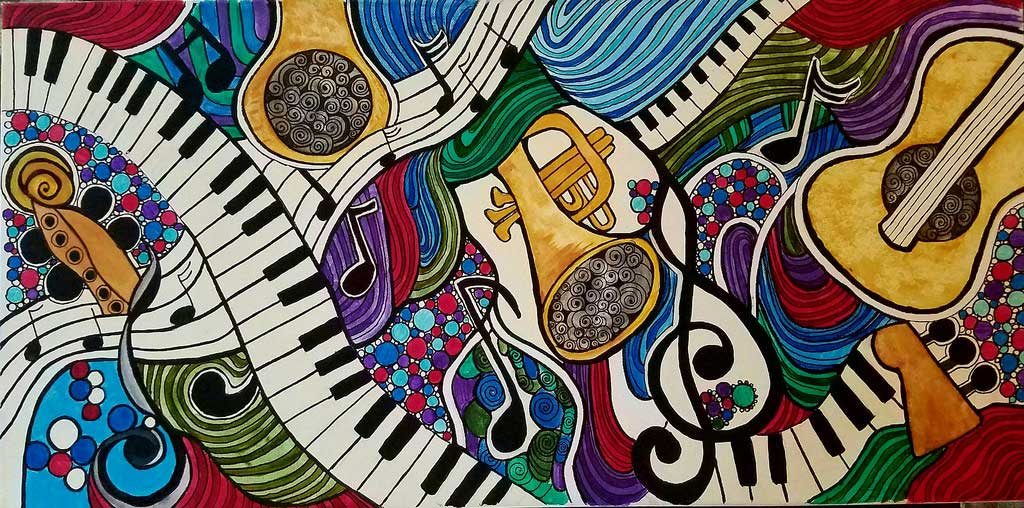Art Tokenization: What Is It? How Does It Work?
In 2018, something peculiar happened in the art industry. This time it wasn’t another controversial nude painting or a lost artwork recovered from the Nazi archives. In fact, it had nothing to do with the paint, brush or canvas. That year, a little known startup called Maecenas introduced a revolutionary concept to the industry involving blockchains and cryptocurrencies.
Until then, the art industry was notoriously archaic. Paintings, sculptures and other art paraphernalia was sold through the gavel and paddle method. Meanwhile, the auctions were open to only a limited crowd and demanded the physical presence of the bidders. Furthermore, the extravagant prices of the featured pieces made it difficult to sell the artworks. What Maecenas did was to turn the entire industry on its head. Sometime in September of 2018, the company marketed the seminal piece, “14 Small Electric Chairs” by American pop art pioneer, Andy Warhol. At the time, this artwork was valued at $1.7 million and the news of a blockchain-based sale attracted hundreds of investors, many of whom were not previously associated with the art industry. The attention garnered towards the painting helped improve its valuation to $5.6 million while the unconventional method of sale employed would definitely make Warhol proud.

What is Art Tokenization?
But, how does one use the blockchain to sell their artwork? The answer is quite simple — Tokenization. By converting the monolithic painting into thousands of digital tokens, the company managed to fragment the ownership of the artwork using blockchain. This is similar to purchasing equity in a conventional business.
When tokenizing an artwork, the following steps take place:
- Once a painting or sculpture is selected for tokenization, an accredited curator will appraise the work and set its value.
- Now, the concerned platform will convert the artwork into digital tokens and issue them to potential buyers.
- The buyer can purchase tokens for multiple artworks and create diverse portfolios.
- The buyer can also choose to sell or exchange the tokens.
Benefits of Art Tokenization
Given that blockchain is an immutable and transparent technology, its features and other advantages are automatically applied to the tokens stored on the platform. In fact, art tokenization helps weed out a number of issues plaguing the industry.- Primarily, tokenization digitizes the ownership into tradeable tokens thereby improving the liquidity of artworks. This transforms art into a lucrative investment option. Investors are attracted to invest in art.
- Alternatively, an art tokenizing platform also doubles up as a reliable method to authenticate and verify the works of art. It is easier to track the certification and owners of an item; thanks to blockchain technology.
- Finally, independent and budding artists can use this medium to list and promote their artwork instead of opting the services of expensive galleries. This also helps them gain entire ownership of their works while also avoiding payment to third-party intermediaries or agents.
What Does The Future Hold?
According to Bloomberg, the global art industry was valued at a whopping $63.7 billion in 2018. Experts predict that this sector will experience exponential growth in the coming years given the presence of bullish market trends. Blockchain and art tokenization will play an important role in this renaissance given the many advantages associated with it.This has already begun to bear fruit as, during the latter part of 2018, billionaire, John McAfee tweeted in support of art tokenization and revealed plans to digitize an untitled piece belonging to the artistic genius, Pablo Picasso. Moreover, with burgeoning prospects in this industry, entrepreneurs can take advantage of art tokenization to float new platforms thereby assisting with the expansion and implementation of this revolutionary medium.


binance clone script V2.0 enhanced
ReplyDeleteCrypto Exchange Software
Cryptocurrency Exchange Script
binance clone Software
bitcoin Exchange Script
binance clone Script